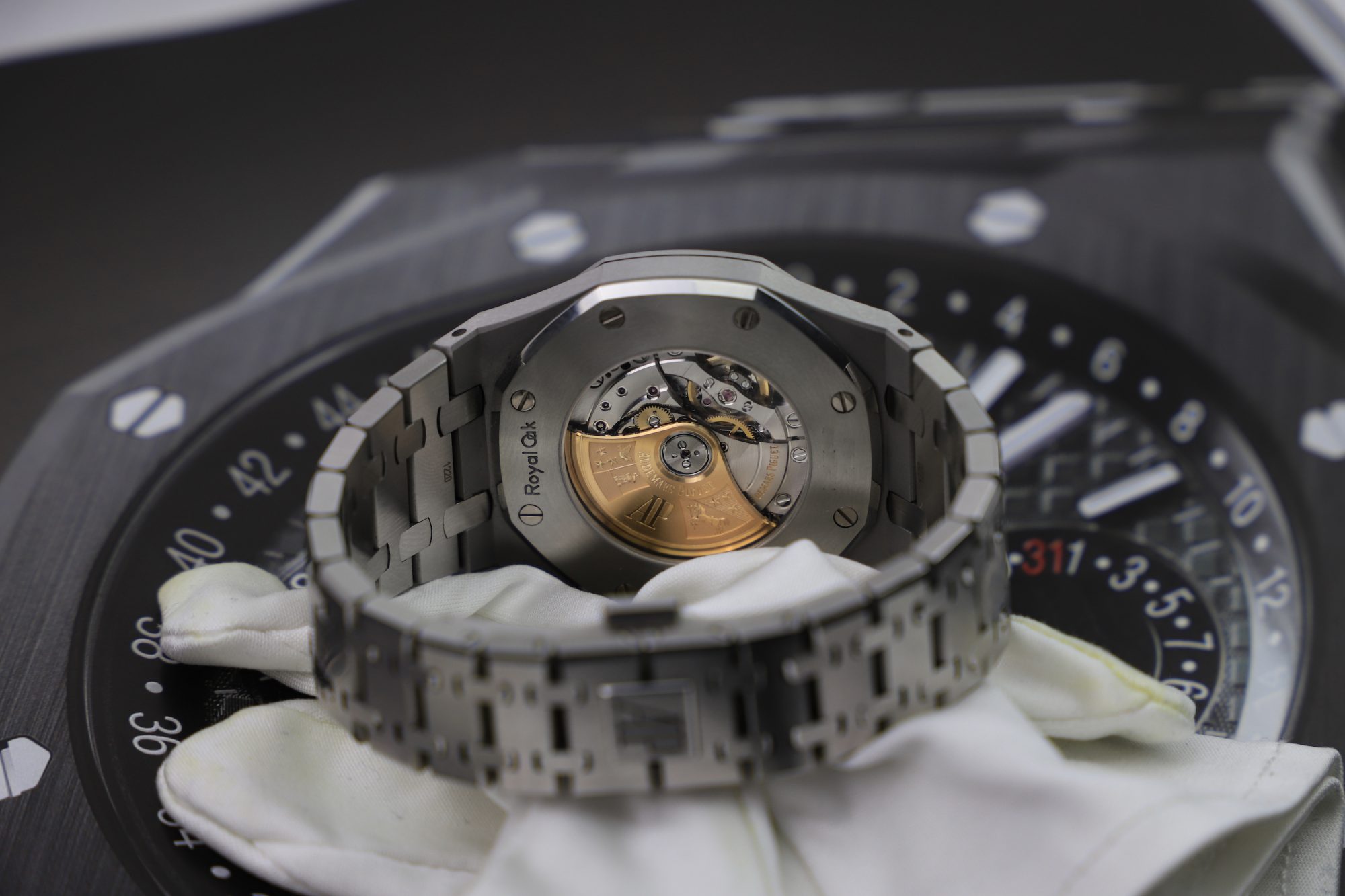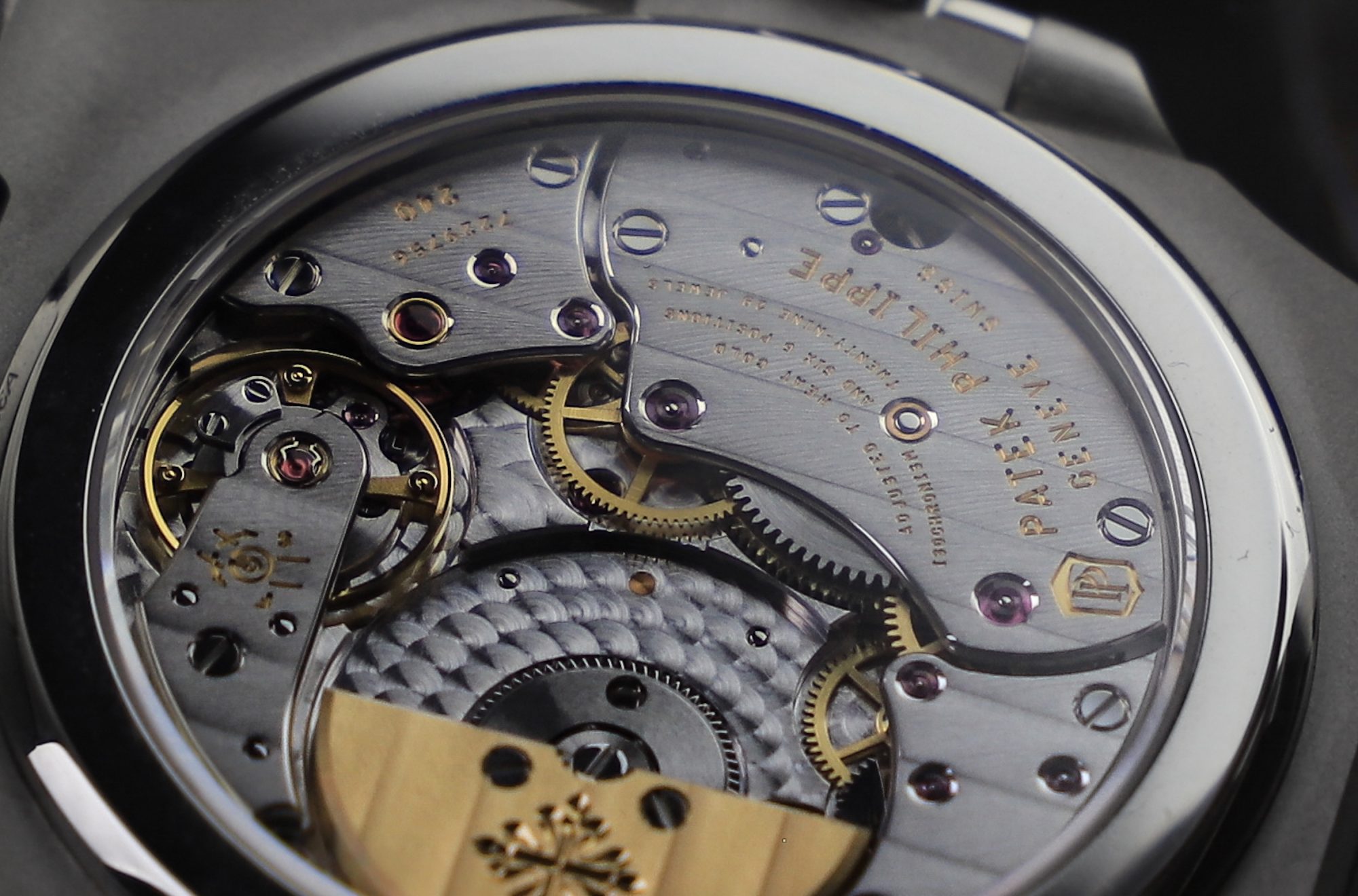
How Long Automatic Watches Last? Complete Guide
This is a question that can be answered in many different ways depending on what you mean by how long a watch last. And we’ll elaborate more on this further on and of course, give all the different answers to this question.
Before we dig in, let’s define what an automatic watch is.
What is an automatic watch?
An automatic watch is a watch that is powered by an automatic mechanical movement. By mechanical, we mean that it contains mechanical parts, but most importantly, that it is powered by mechanical components rather than from a battery of a quartz watch. More specifically, automatic movements use rotors that rotate when the watch is subject to movement, most commonly, when the watch is on the wrist and the wrist moves.
The movements from the wrist, combined with gravity, cause the rotor to rotate. When it rotates, it winds (generates energy) to the mainspring. The mainspring is the part of an automatic movement that “stores” the energy that powers the watch. The mainspring is exactly what it sounds like, a spring, and when it is being wound, the spring gets tighter and tighter. And when the watch ticks, it requires energy and this is generated by the mainspring “unwinding” itself and getting looser and looser.

Before the concept of the automatic movement with a rotor was invented, mechanical watches were hand-wound. This means that the movement needed to be manually wound in order to wind the mainspring. With an automatic watch, this job is now done via the rotations of the rotor. The catch, however, is that the watch needs to be worn enough, or at least subject to movement to have enough energy to run. When the watch isn’t subject to enough movement, the rotor will not provide sufficient energy to the mainspring, thus causing the watch to run out of energy and stop.
Now that we got the basics covered, let’s answer the question of how long an automatic watch lasts from two different angles.

How long does an automatic watch last – power reserve
The first question of how long an automatic lasts may relate to how long it lasts before it runs out of energy and stops. The good news is that this is an issue that is easy to resolve and doesn’t mean that your watch is broken in any way.
The question of how long an automatic watch will last in terms of energy ultimately depends on the watch’s power reserve. The power reserve is in practice how much energy the mainspring can store. The purpose of a good mainspring inside an automatic movement is to ensure that the watch continues to tick for some time even when you are not using the watch and the rotor isn’t generating energy for the movement. This may, for example, be when you take your watch off when going to bed, or if you have a very static work where you can sit long hours in front of the movement when you’re not moving the wrist a lot.

The power reserve is the amount of time that an automatic watch can continue to tick until it runs out of energy and stops when fully wound. Most watches have power reserves of 38 to 70 hours but watches can have both shorter and longer power reserves. However, there are also watches that have power reserves that can last for several days.
In general, more affordable watches tend to have shorter power reserves and more expensive watches tend to have longer power reserves. This is due to the fact that making an automatic watch with a longer power reserve is more complex and requires a greater level of research and development together with watchmaking expertise.
So, in terms of how long an automatic watch will last before it runs out of energy will ultimately depend on your specific watch. Find the power reserve of your watch and you’ll know how long it will last when fully wound. Keep in mind, however, that this relates to when you stop wearing the watch and keep it static. If you wear it, the watch will continuously be charged with energy from the rotor.
How long do automatic watches last? Service and maintenance
The other way to ask this question is how long automatic watches last before it breaks or needs a service.
Because automatic watches are mechanical machines, they occasionally need to be serviced and maintained. This means replacing worn-out parts, cleaning, and lubricating the movement. This is no different from how any other mechanical machine needs to be serviced, for example, the engine of a car.

Ultimately, there is no fixed answer to this question and there are many different factors that affect how long an automatic watch will last.
Firstly, we have the case if the watch is subject to trauma such as being subject to a shock or bang, for example being dropped. This may cause parts inside the movement to break and result in the watch stopping. Since this can happen anytime and anywhere, this is not a reference for how long an automatic watch can last.
Assuming the watch is never subject to such trauma that causes the watch to break on-the-spot, more interesting factors that affect the longevity include:
The quality of the movement
- How the watch is being used
- How frequently the watch is being used
- In which climate the watch is being worn
Assuming nothing breaks, the main reason a watch needs to be serviced is that the lubricants run dry. This causes the movement to lose its accuracy but also increases friction between moving components inside the movement, which speeds up the deterioration process and causes the parts inside the movement to get worn out quicker. But assuming that the watch is regularly serviced and maintained, the answer is that a qualitative watch can last for a lifetime and even for several generations. In some cases, you may need to repair certain visual parts apart from the movement such as the bracelet. But with proper care and maintenance, automatic watches can last for a long time. Just like how cars can last for a long time when serviced and taken proper care of.
It’s natural that an item with higher quality will last longer than one that has a lower quality. For example, it’s more likely for a cheap, car to break than a premium expensive car made from high-quality materials and parts, but there are always exceptions.

And naturally, you have to pay for quality which is why more expensive watches in general tend to last longer than more affordable alternatives. Rolex, for example, advises a service interval of 10 years for its watches whilst entry-level automatic watches generally need to be serviced and maintained every few years. This clearly reflects the difference in quality between these products and the confidence Rolex puts in its products. But naturally, it also comes at a price.
In general, the outer parts of a watch tend to last for a really long time, but occasionally, you may need to change the bracelet or strap depending on what type of strap you have. As such, it’s predominantly the automatic movement that needs proper maintenance and care due to the fact that it contains tens or hundreds of parts depending on its complexity. So it’s not surprising that such a complex mechanism needs to be maintained occasionally.
The bottom line is that as long as your automatic watch receives the proper care and maintenance, it can last for many decades and even for generations. How long your watch lasts will depend on the quality of your timepiece and also how you use it. If you frequently subject your watch to extreme conditions and environments, it will naturally cause more wear and tear to the movement. As a result, you may need to service the watch more frequently, but it will still last.




